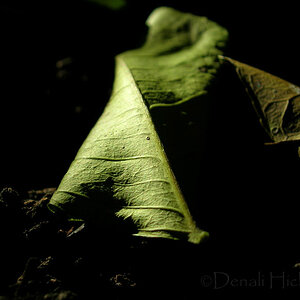exilarch
TPF Noob!
- Joined
- Jun 20, 2012
- Messages
- 14
- Reaction score
- 1
- Location
- Bulgaria
- Can others edit my Photos
- Photos OK to edit
Hello! I am just starting seriously with photography and I am teaching myself using the manual of my camera and some youtube videos. I want to start applying the "bokeh" effect with my kit lens ( 14-42mm M.Zuiko 1:3.5-5.6 on a Olympus E-PL1).
Using manual mode I have setted up the lowest possible aperture and adjusted the shutter speed, so that I don't overexpose the photo. I have used manual focus on this particular example using the ring on the front of the lens.
At the focal length of 18mm the camera allows me to use f4.0 aperture, however I don't get the "bokeh" effect. The lowest possible aperture is at 3.5, as far as I can tell at the focal length of 14mm.
So I shot another photo at the focal length of 14mm and f 3.5, however I still don't get the shallow depth of field.
Correct me if I am wrong on the details, but is there a way to do this right?
I understand that the focus is not perfect, I am still working on that without a viewfinder (they are very-expensive for me)
What am I missing ? I am attaching the photo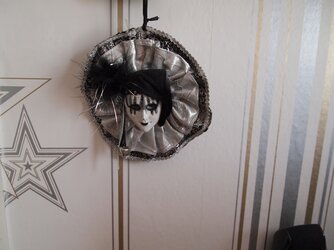
Here are the properties:
Exposure Time: 1/40 sec.
ISO Speed Rating: 200
Metering Mode: Pattern
Exposure Program: Manual
Focal Length: 14.0 mm
Using manual mode I have setted up the lowest possible aperture and adjusted the shutter speed, so that I don't overexpose the photo. I have used manual focus on this particular example using the ring on the front of the lens.
At the focal length of 18mm the camera allows me to use f4.0 aperture, however I don't get the "bokeh" effect. The lowest possible aperture is at 3.5, as far as I can tell at the focal length of 14mm.
So I shot another photo at the focal length of 14mm and f 3.5, however I still don't get the shallow depth of field.
Correct me if I am wrong on the details, but is there a way to do this right?
I understand that the focus is not perfect, I am still working on that without a viewfinder (they are very-expensive for me)
What am I missing ? I am attaching the photo

Here are the properties:
Exposure Time: 1/40 sec.
ISO Speed Rating: 200
Metering Mode: Pattern
Exposure Program: Manual
Focal Length: 14.0 mm



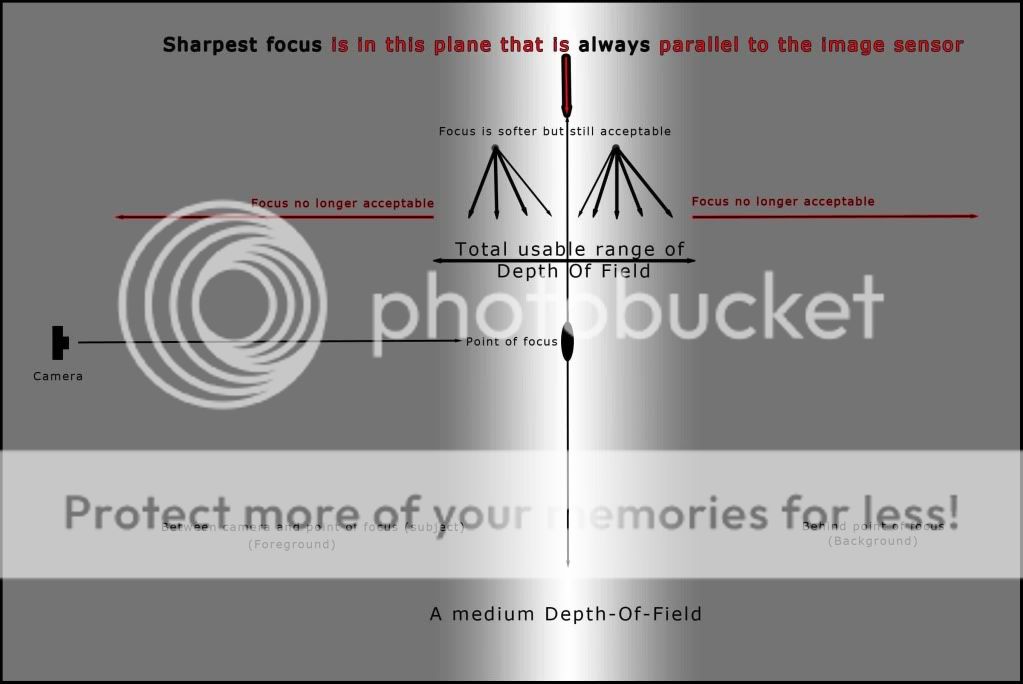
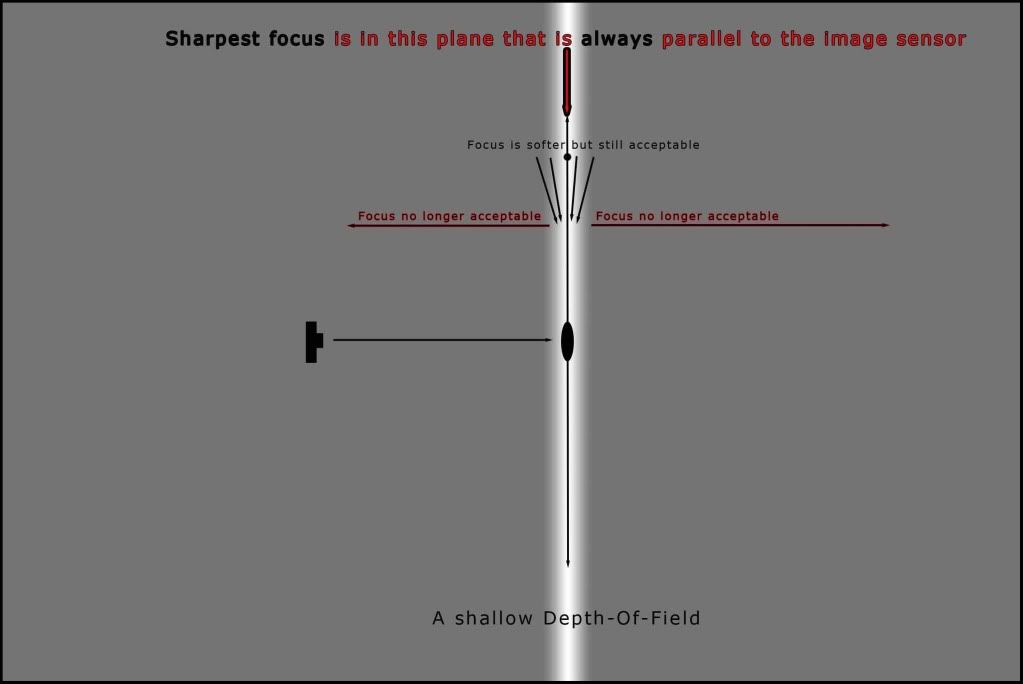
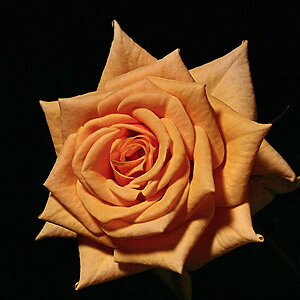
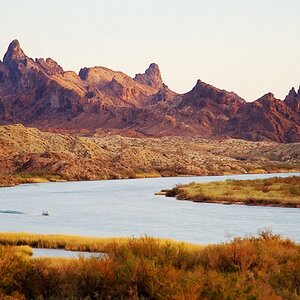
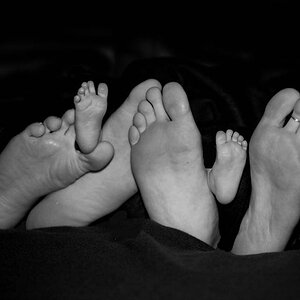
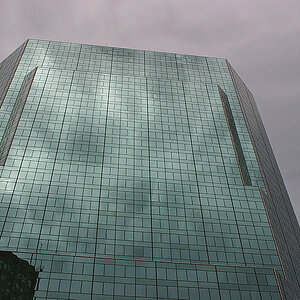
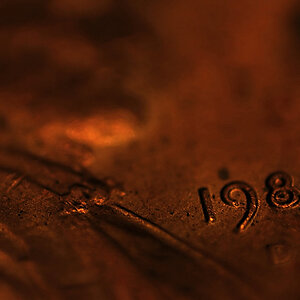
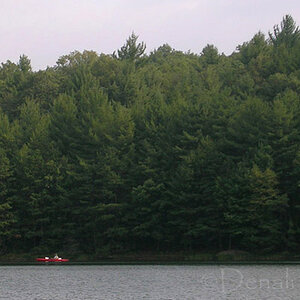
![[No title]](/data/xfmg/thumbnail/42/42018-14ee16974751322cd63966d43d655995.jpg?1619739979)
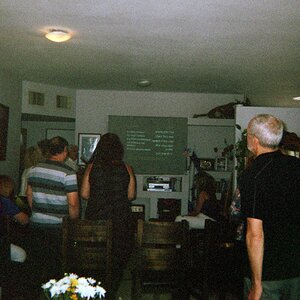
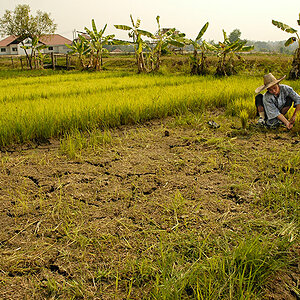
![[No title]](/data/xfmg/thumbnail/42/42017-05f80a89ca2890969b5dc7cc47872581.jpg?1619739979)
